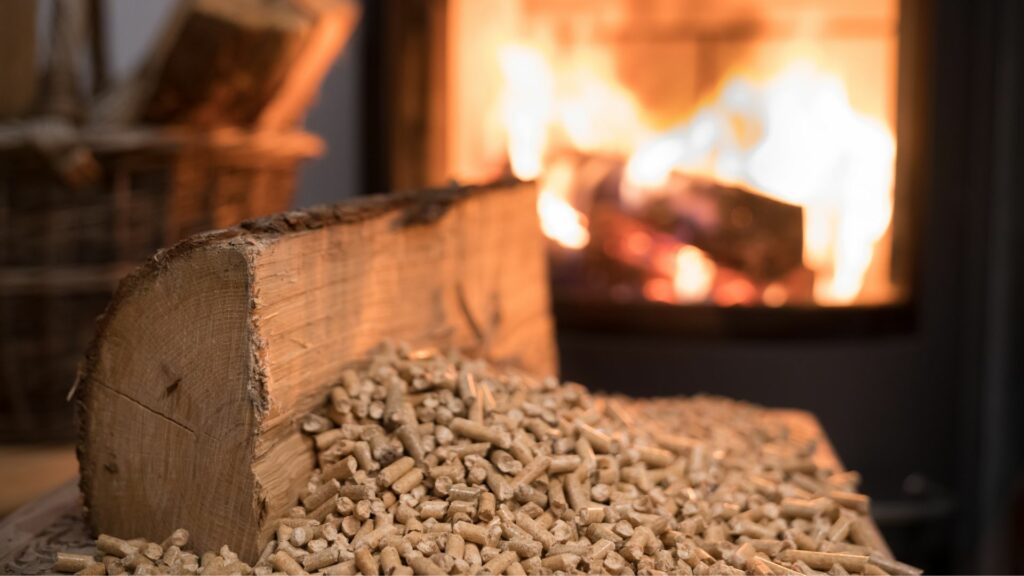Heating pellets have been widely advertised as a cheap, renewable and sustainable form of fuel but the reality may be much different, according to experts in various fields of study.
On average, Belgians burn one million tonnes of pellets per year for heating. But only half of this volume is produced on national soil, with the sawdust used in the production coming from sawmills in the south of the country.
Import pellets represent 50% of our consumption; pellets that sometimes come from as far away as the Baltic countries, Finland, Bulgaria, and Romania. These contribute to the large carbon footprint of this sector. What’s more, the raw material is sometimes of poor quality or has come illegally from protected forests.
False labelling
Another problem is labelling. Some companies have been exposed in investigations as using fraudulent packaging to convince consumers that the pellets have been produced ethically and sustainably.
In addition, even in cases where the pellets have been produced to high standards and with sustainability in mind, there remains the misconception that pellets are carbon neutral.
The firewood and wood energy sector is fond of detailing that wood, when it burns, only restores the carbon dioxide it has stored during the growth of the tree from which it comes. It is on this assumption that the assertion that wood combustion has a carbon-neutral footprint is based.
Related News
- ‘Too hypocritical for words’: burning wood for power isn't sustainable, says Flemish Minister of Energy
- Heating wood and pellets: Scammers profit from huge demand
The problem is that regaining the CO2 absorption capacity of a cut tree will take several decades. It is still necessary that a new tree has been planted to replace the previous one. Instead of carbon neutrality, this produces what is known as "carbon debt." Given the climate emergency, the decades needed to regain the CO2 absorption capacity of a cut tree are a luxury the planet cannot afford.
The theory of carbon neutrality of wood fuel is in fact only valid if and only if the replenishment of the world's forests is growing rapidly. But at the rate that deforestation is taking place in Brazil or Central Africa, there already remains a huge deficit. Add to this the overexploitation of forestry in Scandinavia and Eastern Europe and the advertising around pellets being carbon neutral starts to look ridiculous.
Air pollution and a health risk
And then there is pollution. The problem still largely goes under the radar, but the pollution caused by wood heating – the burning of logs and pellets – is becoming a public health issue. In France, this type of domestic fuel is responsible for more than half of fine particles in the air, contributing even more than road transport.
According to radiologists, log and pellet stoves emit particularly dangerous substances such as volatile organic compounds (VOCs) and polycyclic aromatic hydrocarbons (PAHs). The result is a greatly increased risk of lung cancer, heart and vascular diseases, and even danger to the development of foetuses.
The smoke released by this type of combustion is, according to the experts, equivalent to intensive passive smoking, especially with open fires, but also with old log and pellet stoves. These significantly contaminate the air breathed inside homes and create pollution outside them.

